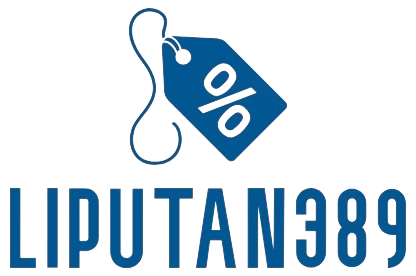TEMPO. CO, Jakarta – The DKI Jakarta government plans to implement an electronic road pricing system or Electronic Road Pricing or ERP. This was enacted as an effort to reduce congestion caused by private vehicles and people will switch to using public transportation.
Indonesia is not the first country to implement this policy, Singapore pioneered road pricing as a tool to reduce traffic congestion and upgraded over the years to a high-tech pay-as-you-go system.
Quoted from development-asia Singapore was the first country to introduce congestion charges as a means of controlling traffic congestion. It started by charging a flat rate under the Area Licensing Scheme that was put in place manually in 1975. This scheme was improved over the years and then upgraded to the current Electronic Road Pricing (ERP) system, which automatically charges motorists each time they arrive. through it. roads that are used a lot during rush hour.
Read: PKS and PSI are more compact in rejecting ERP-paid roads in Jakarta
Singapore introduced manual road fares under the Area Licensing Scheme (ALS) on 1 June 1975 to disperse traffic flow in its central business district during peak hours. The cordon-based pricing scheme is applied to the restricted zone, which is marked by an overhead gantry at the entry point. During ALS operating hours, vehicles other than emergency vehicles and public buses are required to purchase and present a permit to enter the zone.
Before Electronic Road Pricing was implemented, the Road Pricing Scheme (RPS) was launched to reduce congestion along the East Coast Parkway. It was also used to introduce riders to point-based pricing. Control points are marked by 31 overhead gantry signs. As in ALS, riders must show a driver’s license to pass gantries. Enforcers are stationed at control points to monitor compliance.
Singapore has been able to reduce traffic congestion in the city center even though the car population continues to grow. Traffic volume remained below, compared to 1975. And the average speed during rush hour is in the optimal speed range of 64.1 km/hour for toll roads and 28.9 km/hour for arterial roads based on 2014 data.
YOLANDA AGNE
Also read: These 4 Countries Implement ERP, aka the Electronic Road Pricing System, Here are the Rules
Always update the latest info. Watch breaking news and selected news from Tempo.co on the Telegram channel “http://tempo.co/”. Click https://t.me/tempodotcoupdate to join. You need to install the Telegram application first.
